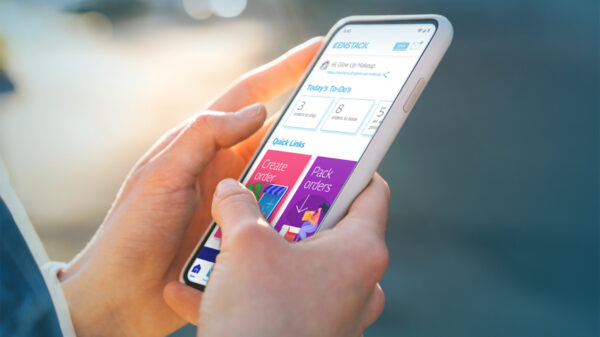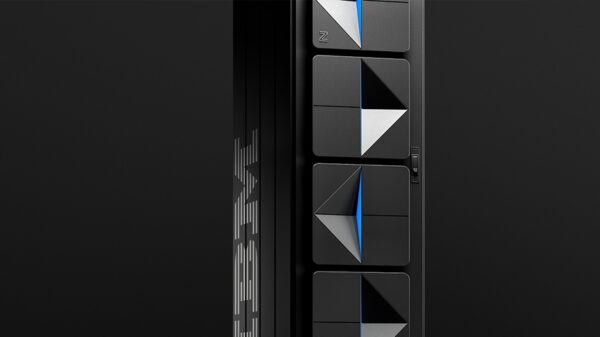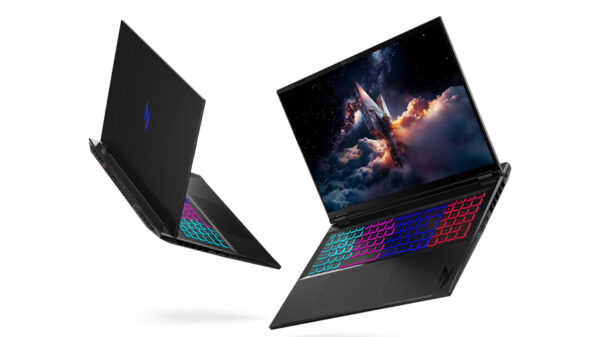Bring your own device (BYOD) is fast becoming not only commonplace, but the norm in Philippines-based enterprises. This is according to “Next Wave: BYOD’s Philippine Invasion,” a survey exclusively conducted by UpgradeMag.com’s research unit in June this year, involving 100 IT executives (including managers and supervisors) from various companies in the Philippines.
BYOD – at times also called “bring your own technology” (BYOT), “bring your own phone” (BYOP), or “bring your own PC” (BYOPC) – refers to company policies that allow employees to bring their personal mobile devices to use for company purposes. These devices include laptops, tablets, and smartphones, among others.
“BYOD has long made inroads in the business world,” said Reynaldo Vicente, Research Director and Managing Editor of UpgradeMag.com. “This is understandable, with the blurring of the boundary between the ‘work space’ and the ‘personal space’. Many people therefore make use of their personal devices to help run the companies they work for; just as companies are fast realizing that allowing people to do so can – in the end – help them better their bottomlines.”
WORKING IT
A big number of the respondents of “Next Wave: BYOD’s Philippine Invasion” recognize how BYOD can help bring down cost (i.e. that the company does not need to spend on devices anymore, 43%); that BYOD can help increase productivity (58%); and that BYOD can better employees’ mobility (25%). There is, in fact, a recognition that BYOD can help increase productivity since “users will bring their work at home so that, definitely, the company will benefit.”
Not surprisingly, among those surveyed in the “Next Wave: BYOD’s Philippine Invasion”, 67% allow employees to work with their personal devices, with an oft-cited reason for allowing BYOD its helping employees become more efficient in carrying out the employees’ functions.
“We allow the use of personal devices because it can help employees be efficient,” said Henry Bisuna, IT Head at People’s Credit Finance Corp. and one of the survey’s respondents.
 Of the 33% that disallowed BYOD, reasons cited included: the need to protect the company’s data; and lack of knowledge on available apps that can be used for BYOD.
Of the 33% that disallowed BYOD, reasons cited included: the need to protect the company’s data; and lack of knowledge on available apps that can be used for BYOD.
Interestingly, however, there are some companies that allow BYOD not because benefits are seen with the practice, but because there is no ruling on BYOD in their companies yet; and because no issue regarding BYOD was experienced in the office for now.
According to Melba-Jean V. Bernad, Editor-in-Chief of UpgradeMag.com, “this way of looking at BYOD is shortsighted. Companies need to start implementing policies, not only to ensure that the company’s data is protected, but also to ensure that BYOD is tapped to truly benefit companies. This way, it becomes a win-win situation.”
SECURITY CONCERNS
For 79% of those who were surveyed, apprehension to allow BYOD is due to security reasons. In fact, 67% claimed that security breach is the “biggest challenge in managing personal devices,” followed by 30% data theft, and 46% risk of virus infection.
Nel Austria, IT manager of Five Star Finance, Inc., who is not in favor of using personal devices at work now and in the future says, “our company was recently organized and everything in it is confidential.”
Meanwhile, only 36% have policies that disallow BYOD. Some reasons cited by those surveyed included: bandwidth issues (3%), and reduction of productivity if the device is used in activities not related to work (1%).
Christopher Dionisio, IT manager at Bureau Veritas, says that only devices issued by the company can be used for work-related activities.
LIMITED ACCESS
For the respondents of the “Next Wave: BYOD’s Philippine Invasion” that stated disinterest in allowing BYOD, only 6% plan to allow use of personal devices in the future.
Sixty-four percent stated that they have no BYOD-related plans. Meanwhile 30% are “maybe” considering BYOD, with a main consideration the reduction of the “price of Internet” to allow seamless implementation.
Not surprisingly, while 49% allow BYOD among all employees, almost 40% (i.e. 39%) allow BYOD only among those in management positions. Still others only allow BYOD among select staff, including sales personnel (16).
Allowing BYOD, however, is “subject to certain company rules”, “subject to management approval”, “subject for approval and certification by the IT department”.
Teddy Trinidad III, senior IT manager at Blue Cross Insurance, Inc., said only selected staff are allowed to use their devices at work. These are mostly sales staff and those in the upper management level, subject to approval and certification by the IT department.
At People’s Credit FinanceCorp., use of personal devices was previously allowed but the set-up eventually affected the performance of the network. Today, only select employees use their own devices but with restrictions, according to Bisuna.
The survey also found that BYOD is limited only to some applications, such as email (for 87% of the surveyed respondents); sales applications (18%); human resource applications (10%); and finance applications (9%).
“Obviously, BYOD is already here, and it’s here to stay,” UpgradeMag.com’s Vicente said. “The question to ask now is how fast companies will adapt BYOD for them to be able to get its full potential.”
“Next Wave: BYOD’s Philippine Invasion” was conducted by UpgradeMag.com, which is published by Fringe Publishing, to look into the emerging IT-related trends in the Philippines.
Serving as a guide for consumers and company decision-makers on IT investments, UpgradeMag.com also hosts “NXT Level”, which gathers analysts, IT experts, and end-users to discuss how IT developments may be best used to increase profitability.
Image credit: Can Stock Photo
















































































































